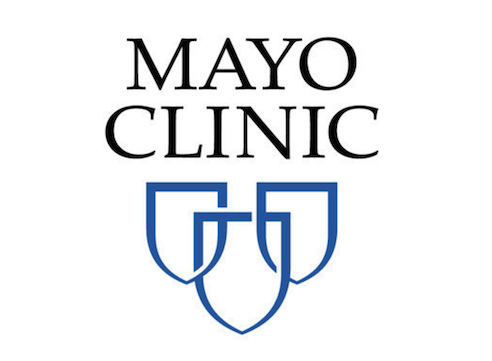
July 12, 2024- Fifteen million people worldwide have a stroke each year. Of these, 5 million are left permanently disabled. An estimated 69 million people globally suffer traumatic brain injuries each year. Spastic cerebral palsy, the most common form of cerebral palsy, accounts for 70% to 80% of all people diagnosed. Patients living with physical changes from stroke, traumatic brain injury, cerebral palsy and other conditions may regain some function in their hands and arms — therefore improving their quality of life — thanks to advances in surgical options for upper motor neuron syndrome, according to Peter C. Rhee, D.O., an orthopedic hand surgeon at Mayo Clinic in Rochester.
Since patients may recover some function in the months after having a stroke, surgeons wait to perform the procedure until 12 to 18 months later. Initially, Mayo Clinic clinicians do a virtual visit to determine if the patient is a potential candidate for the surgery. If so, the patient comes in for specialized nerve tests and a formal in-person evaluation to fully determine if they would benefit from surgery.
When a person’s entire arm is involved, clinicians will perform two surgeries, both on an outpatient basis, with a three-month wait between procedures. The first stage typically covers the shoulder, elbow and forearm; the second covers the wrist, fingers and thumb. Between surgeries, patients do stretching exercises at home as part of their treatment plan. The total process takes about six months.
